You can download our e-book ‘Learn Arduino from Scratch’ from this link While searching in my Pandora’s box of electronics, I came across the beautiful PCD8544, or the more familiar name, the Nokia 5110 LCD. This amazing piece of hardware is fully programmable using Arduino or ESP8266/NodeMCU. Thanks to Adafruit and bbx10 for their libraries which make our lives easier. The display has a resolution of 84×48 pixels. Each pixel… Read Article →
Category Archives: Product
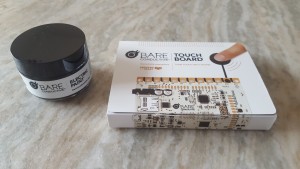
Touch Board and the famous Electric Paint
Touch Board Have you heard of an Arduino compatible device which supports Touch interface, distance sensing, MicroSD Card, Audio Jack, MP3 decoder, Micro USB, JST Connector and more. Well, we have! Let’s introduce our newest board, Touch Board which was brought to life by Bare Conductive. In this article we are going to review this product by mentioning specifications, use cases and what is particularly interesting about this product. Touch… Read Article →
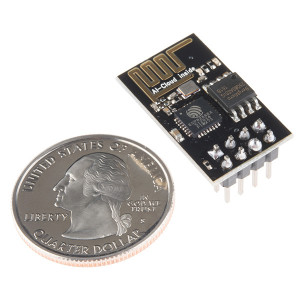
Extend WiFi with an ESP8266
You can download our e-book ‘Learn Arduino from Scratch’ from this link The ESP8266 is known for it’s powerful features and performance despite its small size. However few knew it could act as a WiFi extender/repeater. From previous lessons, we learned how to make the ESP8266 act as both a station and an access point. Now we are going to use that functionality at the same time with a little… Read Article →
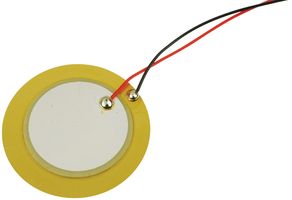
Detect Vibrations using a piezo element
A rather simple, cheap, yet effective way to detect vibrations is by using a piezo element. The piezo element is an electrical component found in many commercial products to detect impacts, vibrations, pressures and also to produce sound. The piezoelectric effect (as it is known) was discovered in 1880 by French physicists Jacques and Pierre Curie. By definition the piezoelectric effect is the electric charge accumulated in certain solid materials… Read Article →
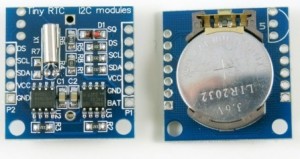
Keep accurate time using Real Time Clock (RTC)
The Arduino board can keep time using millis() which increment from boot up till shutdown, then it will start over again. But what if we needed to keep time indefinitely, independently whether the board is switched on or off? What if we don’t want millis() but we want the year, month, day and time? How do we compensate for leap years? No worries. We are fortunate enough to have the… Read Article →

Evothings – Part 1 Setup
You can download our e-book ‘Learn Arduino’ from this link The greatest thing that happened after the introduction of Arduino was the Evothings + Cordova framework. Evothings workbench is both a framework and a just in time debugger. It uses Cordova in its core, and its programming language is the notorious Javascript. Applications are written in HTML/CSS for their GUI and Javascript for their logic, yes just like a website…. Read Article →

Messing with WiFi protocol, Esp8266 and fake APs
You can download our e-book ‘Learn Arduino from Scratch’ from this link I was browsing the internet on a rainy day, and stumbled upon some cool stuff. The ESP8266, apart from being a super chip, which can be turned into a station and an access point, it can also do some weird stuff at the lowest possible level on the WiFi protocol. wifi_send_pkt_freedom() is a function built in Arduino Core… Read Article →
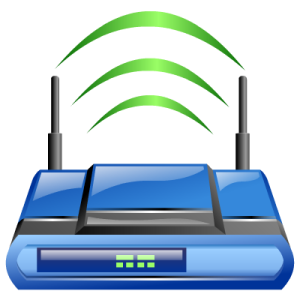
ESP8266 Tutorial Part 4 – How to turn your ESP8266 into an Access Point
You can download our e-book ‘Learn Arduino from Scratch’ from this link Last time we hosted a simple web server on an ESP8266. Today we are going a step further, we are going to turn the ESP8266 into an access point (AP). Yes, then you can connect to the ESP8266 via your phone or laptop, or any other device for that matter. As you will see the Arduino core library… Read Article →
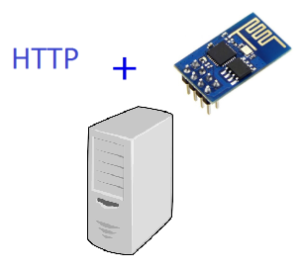
ESP8266 Tutorial Part 3 – Running a simple Web Server
You can download our e-book ‘Learn Arduino’ from this link Last time you learned how to connect the ESP8266 to a WiFi network and download data from a URL. Today we will explore a way to listen to connections just like a server; a web server in fact. The ESP will listen for connections on port 80 and will serve simple pages to connected clients. For this example, a different… Read Article →
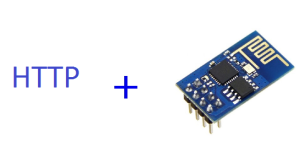
ESP8266 Tutorial Part 2 – Connect to WiFi and Download from the Internet
You can download our e-book ‘Learn Arduino’ from this link In part one of this series, we gave an introduction to the ESP8266, setting the IDE and the circuitry needed to get started. In this post, we will go through some basic software capabilities particularly connecting to a WiFi network, and establishing a connection to a web server to download data. The ESP8266 is not an Arduino, it is only… Read Article →

